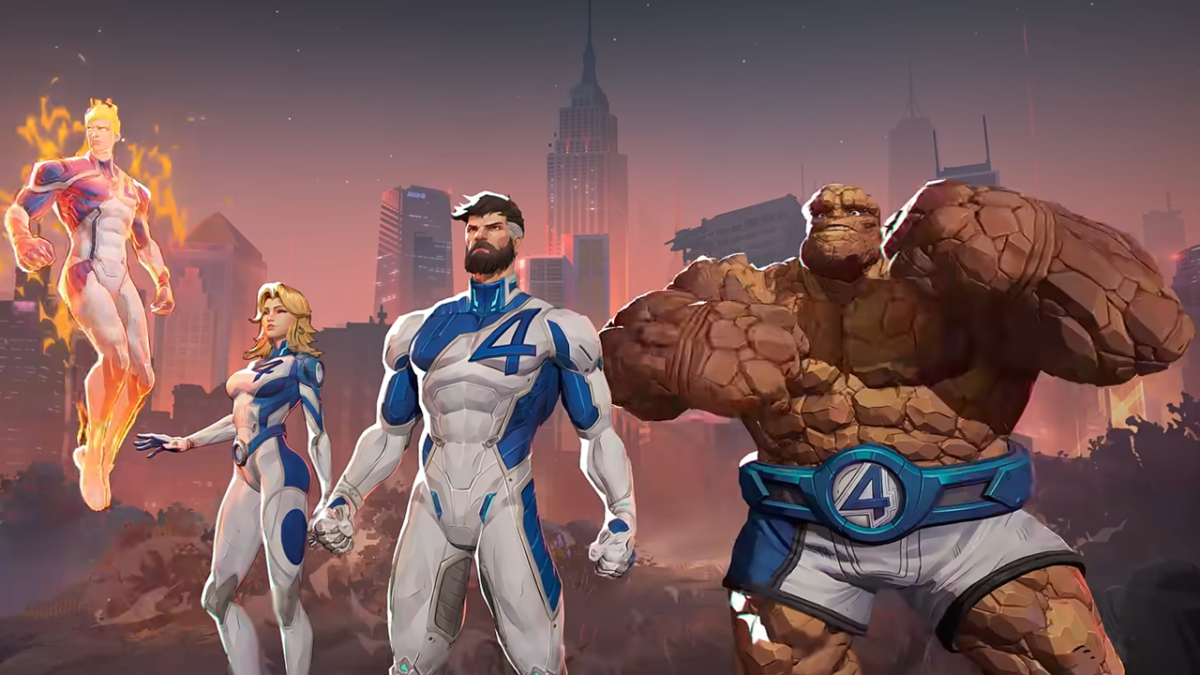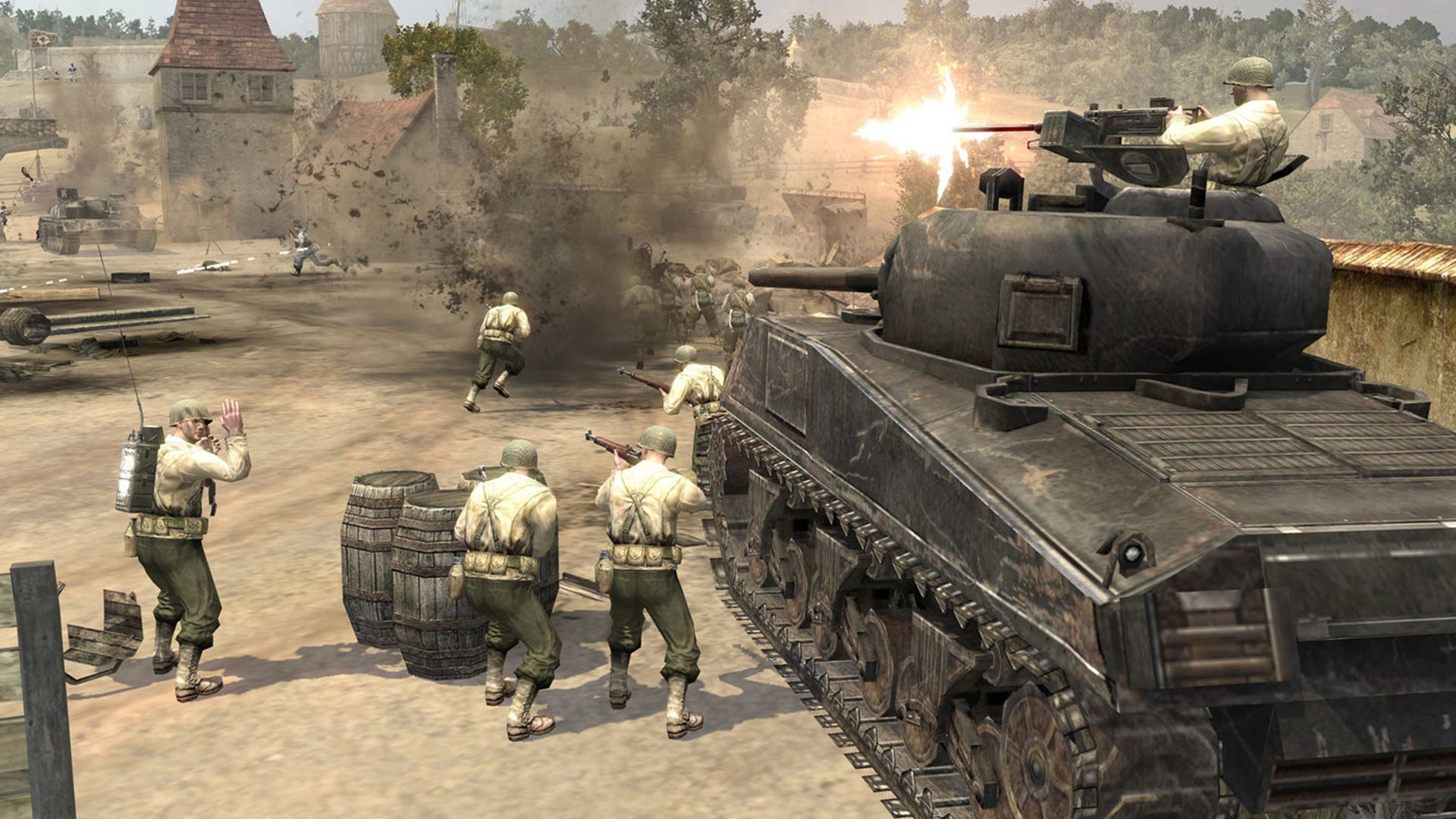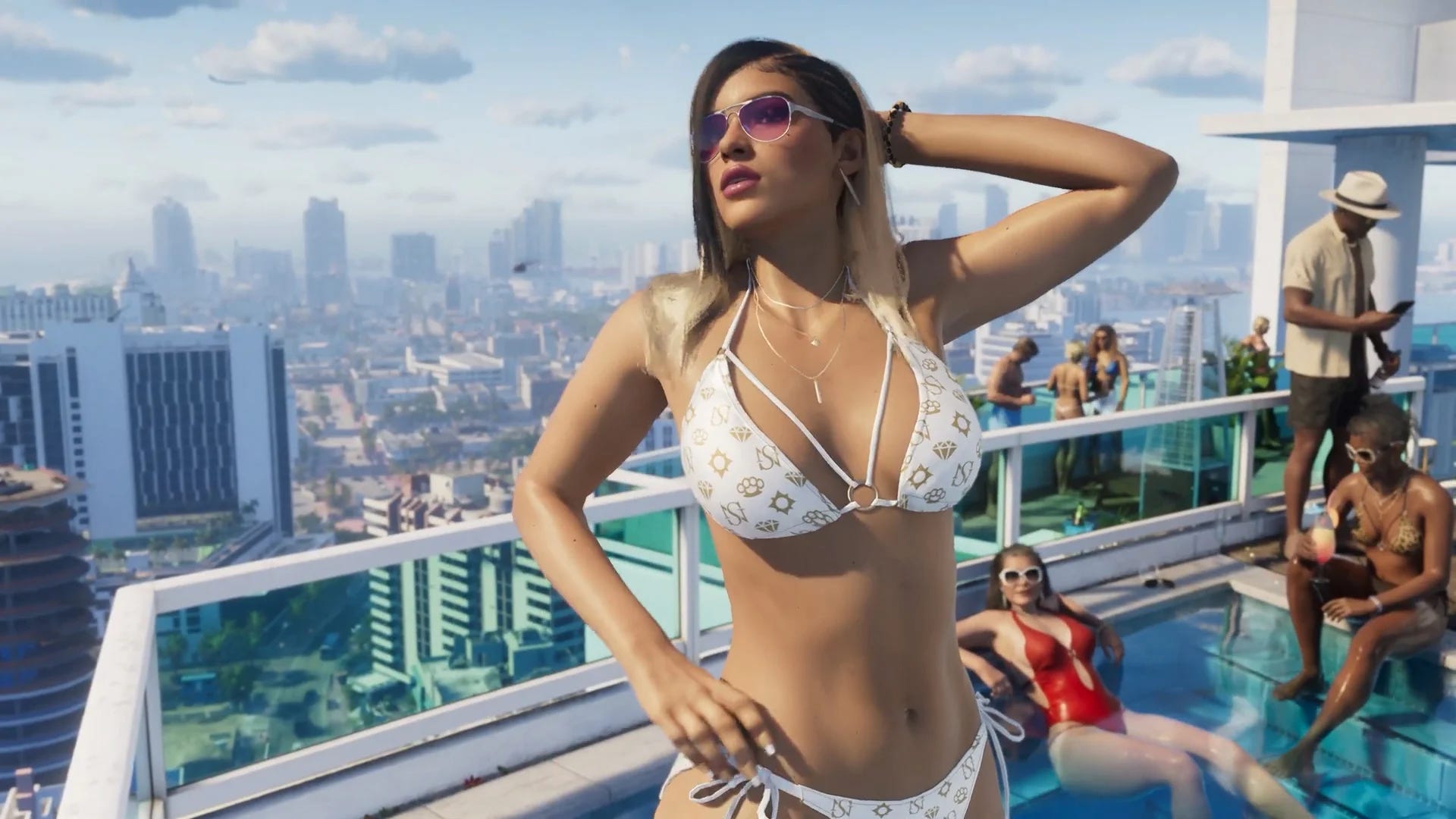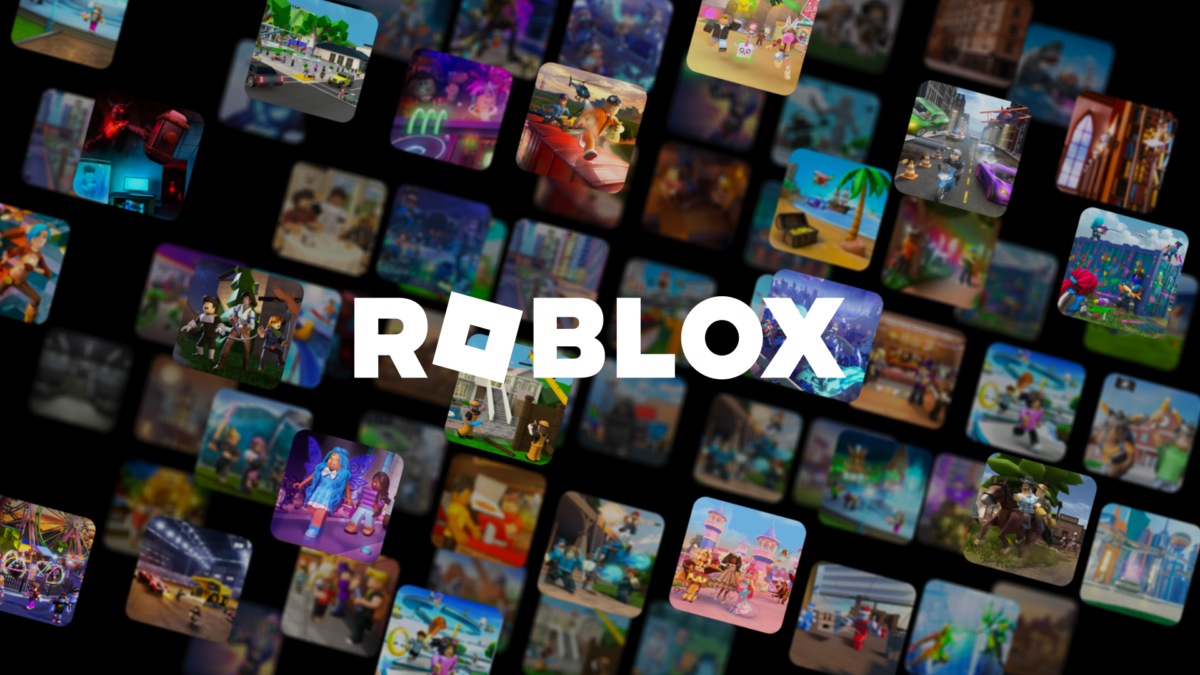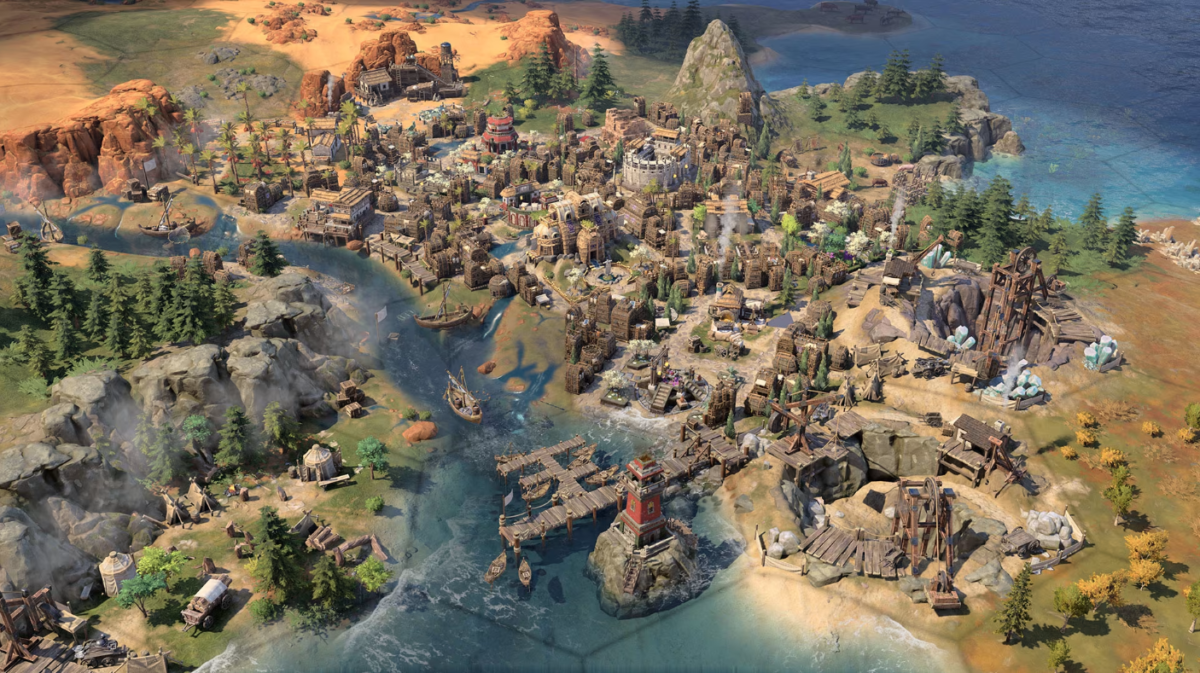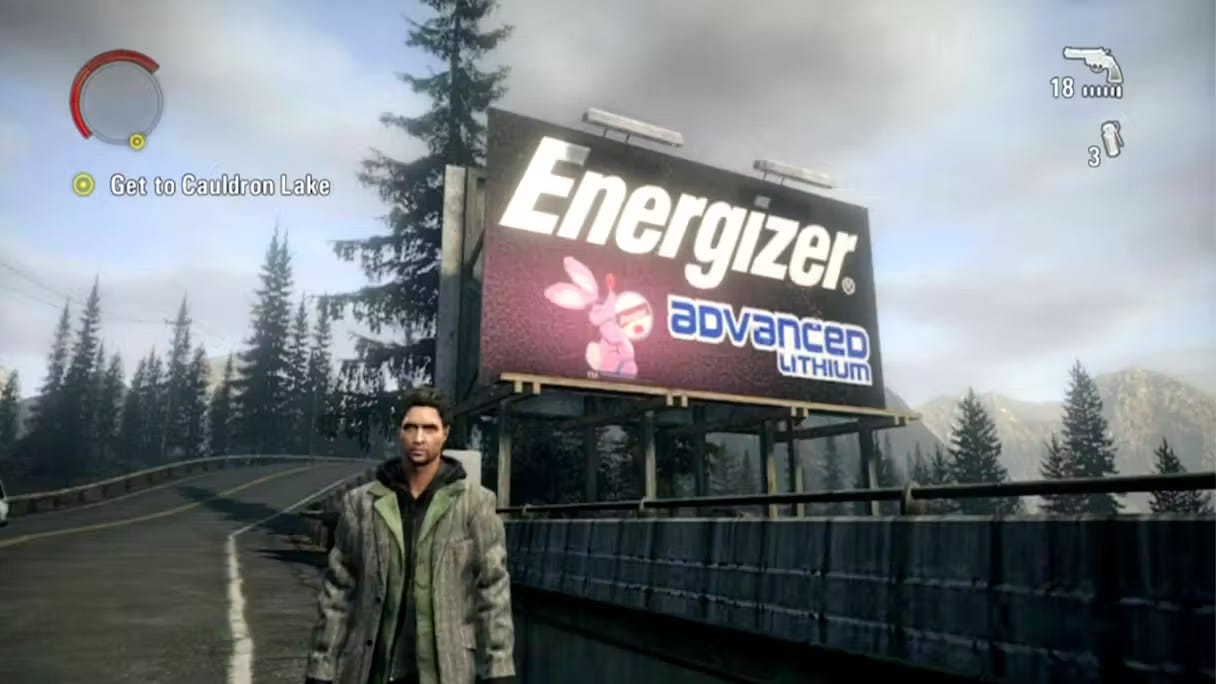
Marvel Rivals will round out The Fantastic Four team when The Thing and Human Torch launch as playable characters on February 21, 2025.
The release date for the new heroes in Marvel and NetEase Games’ popular hero shooter was announced today, revealing that they’ll arrive alongside an update for the second half of Season 1. Although the team has yet to spill the beans on what exactly this Season 1.5 update has in store, a Dev Talk blog post on the Marvel Rivals website teased “major balance adjustments.”
As for The Thing and Human Torch, we have yet to see exactly how the two classic heroes will light up the roster with their new moves and abilities. Mister Fantastic and the Invisible Woman were introduced as the first post-launch Marvel Rivals heroes when Season 1 launched last month. Both characters brought along unique tools to shift the multiplayer game’s meta in a new direction, with Reed Richards able to take stretchy (and goofy) swings at enemies thanks to his elastic powers while Sue Storm introduced invisibility mechanics to the battlefield. Ben Grimm and Johnny Storm will surely do the same when they launch in a few weeks, but let’s hope NetEase reveals some gameplay before then.
The upcoming Marvel Rivals Season 1 update will also see Ranked players hit with a rank reset. Come February 21, expect to see your Rank drop four divisions, meaning if you’re a Diamond I player on February 20, you’ll be brought down to Platinum II the following day.
NetEase explained how this process will carry on in the future, saying that brand-new seasons will hit players with a six-division drop, while half-season updates will bring a four-division drop. As Marvel Rivals continues to tweak its Ranked offerings to players’ desires, NetEase said it will “tune this as necessary.”
It’s not all doom and gloom, though, as competitive Marvel fans in the Gold rank can look forward to new costume rewards with the launch of the second half of Season 1. NetEase will also be introducing new Crests of Honor to “recognize players at Grandmaster, Celestial, Eternity, and One Above All (the top 500).”
Superhero fans had been not-so-patiently waiting to hear more about how Marvel Rivals will continue its post-launch plans, and The Fantastic Four is just the beginning. Last month, creative director Guangyun Chen drummed up excitement by promising to release a new playable character every half-season. That means a fresh Marvel face will join the fight roughly every six weeks, giving fans plenty to keep coming back for as seasonal updates progress. There’s quite a bit of evidence to suggest the vampire-hunting Daywalker Blade is next on the list, though outside of some rumors and leaks that have had players arguing for the last few weeks, Marvel Rivals’ future remains a mystery.
You can read up on our current Marvel Rivals Season 1 tier list to find out the best characters while you wait for the mid-season update to shake things up. You can also see how the original Marvel rivals Season 1 patch turned the meta on its head, and why the community got so worked up over Marvel Rivals’ alleged bot issue.
Michael Cripe is a freelance contributor with IGN. He’s best known for his work at sites like The Pitch, The Escapist, and OnlySP. Be sure to give him a follow on Bluesky (@mikecripe.bsky.social) and Twitter (@MikeCripe).

